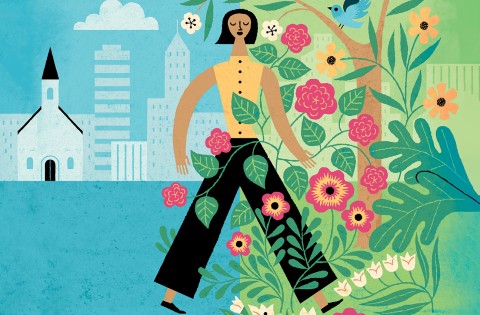How do we know Black lives matter to God?
I used to wonder about the propriety of faith in a White Jesus. Now I struggle with the efficacy of faith at all.

During times of turbulence in politics, culture, and religious life, it’s tempting to hold tightly to current convictions. Allowing a change of one’s mind or heart can be difficult work. With this in mind, we have resumed a Century series published at intervals since 1939, in which we ask leading thinkers to reflect on their own struggles, disappointments, and hopes as they address the topic, “How my mind has changed.” This essay is the fourth in the new series.
Anselm’s dictum that theology is “faith seeking understanding” perfectly describes my theological journey. Even before I knew the word theology, I struggled to understand the meaning of my faith in relationship to my Blackness. This struggle continues for me today, although perhaps in a more focused way. While I initially wondered about the propriety of faith in what I believed then to be a “White Jesus,” I now struggle with the efficacy of faith at all.
James Baldwin once said that there comes a time in the life of every Black person in America when they must face the “shock . . . that the flag to which you have pledged allegiance . . . has not pledged allegiance to you.” And now, as the mother of a six-foot-tall, loc-wearing, 27-year-old Black man—fearing for his life in this nation as much as I did when he was born, and realizing the gravity of sin in this country that is a mortal threat to all Black life—I find myself facing the shock that perhaps the “God of Jesus Christ,” in whom Black people have pledged faith, has not really pledged allegiance to us.




